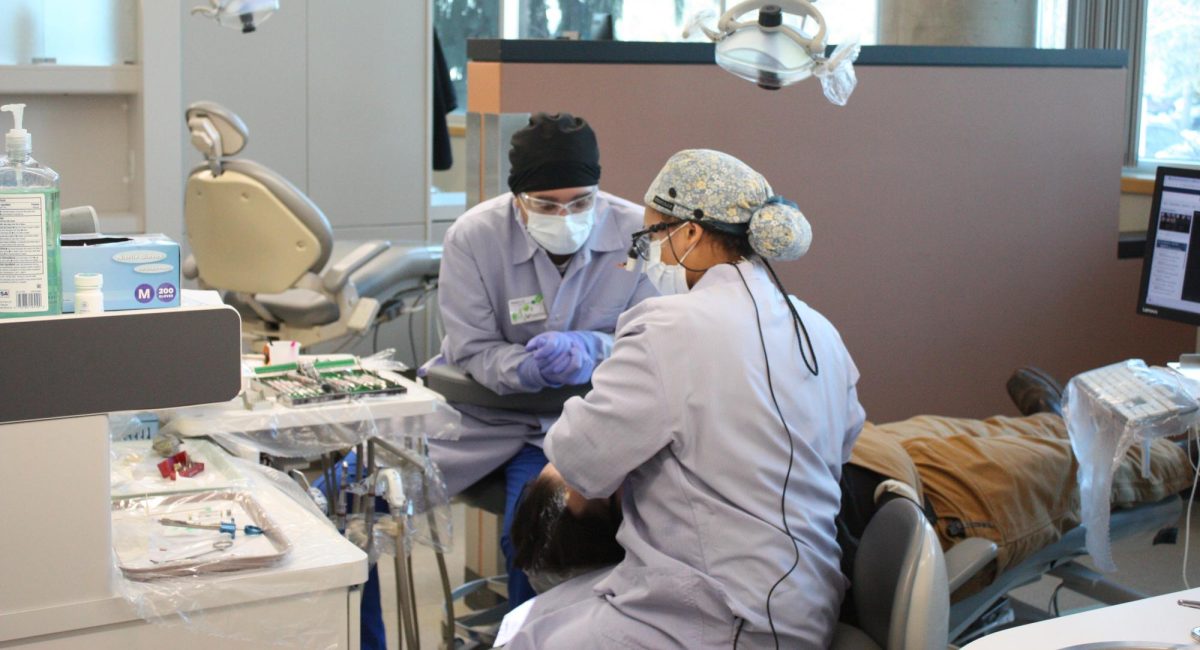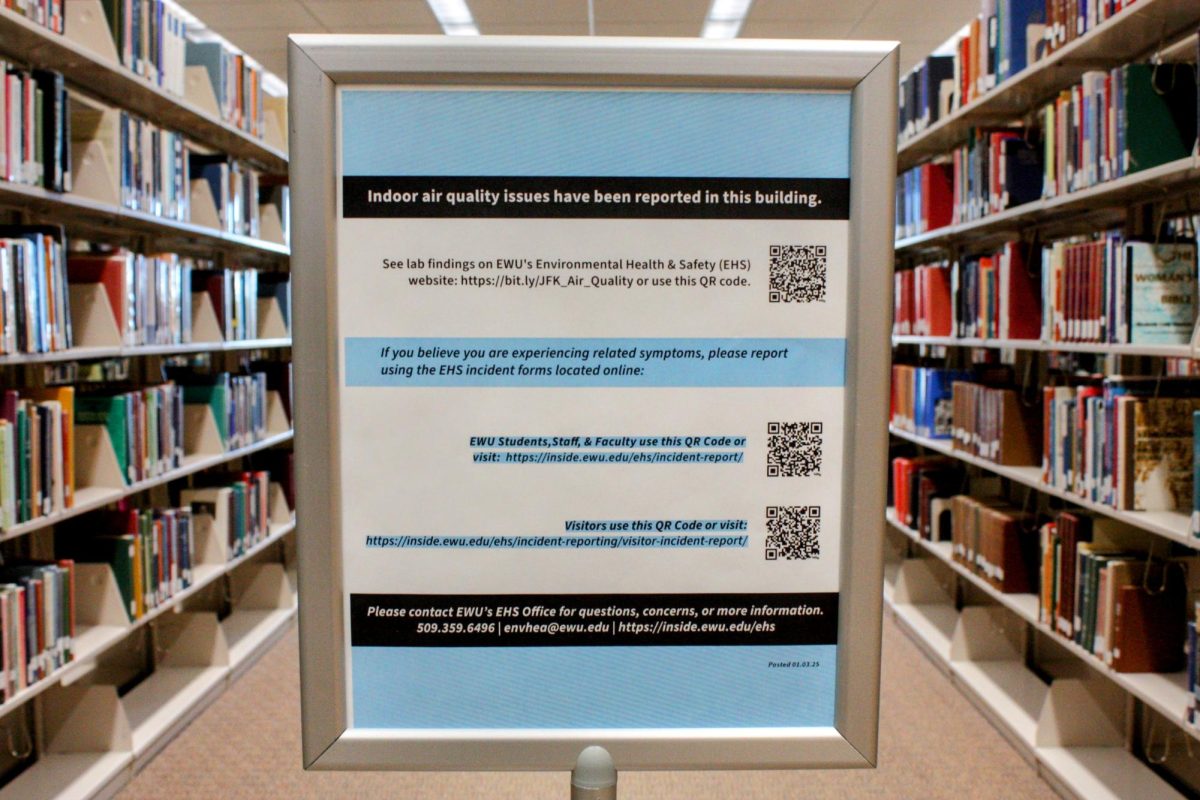Faculty urges students to realize their impact on course evaluations

December 4, 2013
With course evaluations around the corner, students are left wondering if their input makes any impact with professors.
Towards the end of each quarter, teachers leave the classroom and pick a volunteer to hand out course evaluations. Students fill them out, which can take as little as 30 seconds or several minutes, and when they are turned in, they never see them again, unsure whether or not they made any difference at all.
The sheet of paper contains four questions ranking the effectiveness of the course and its instructor, and has an additional box for comments.
Some students, like senior Evan Murray, are not sure professors pay much attention to their feedback.
“I think teachers would be wise to take student’s suggestions seriously, but I doubt most of them actually change anything,” he said.
Many faculty members fear students do not realize the impact these evaluations have.
“These course evaluations are important for a lot of different reasons,” said Jonathan Anderson, psychology department chair. “I’m not sure students fully understand the significance of them.”
After the quarter, the department chairs scan through the numerical data provided by the four mandated questions. Then, they will look through the anonymous written comments for any red flags. Usually at the beginning of the following quarter, the instructors will get a chance to read the scores and comments as well.
The evaluations give valuable information to the departments about possible promotions, tenure and, most importantly, how to improve for future courses. For the classes he instructs, Anderson said he looks at each comment closely, although he cannot be sure other teachers do the same.
“Faculty reception to [student] feedback varies,” he said.
If a particular instructor shows a trend of negative scores and comments over time, department chairs usually take some sort of remedial action. This may include monitoring the course in person, providing some sort of aid or more extreme action if the problem persists.
Linda Kieffer, vice provost, believes the level of attention faculty members give to course evaluations depends on the thoughtfulness of the student’s responses.
“For the most part, if the students are thoughtful in their comments, the faculty members take them very seriously,” she said. “I think the course evaluations are really what the students make it.”
Thomas Hawley, the government department chair, agrees that the input of students can be very impactful, but thinks this could be communicated to students more effectively. Some of this, according to Hawley, is because evaluations are only given at the end of the quarter, when both students and professors are distracted by finals. Hawley also believes that the questions could be improved upon.
“The standard four questions really don’t generate information that’s very helpful,” he said.
While Hawley glances at the numerical data the four questions give him for his department, he says the most useful information is in the written comments. Additionally, he sees value in assessing the classroom in the middle of the quarter, and plans on using anonymous surveys on canvas for this purpose in his future classes.
Many instructors would love to have feedback in the middle of the quarter as well as the end, but they realize student’s fear of retaliation from their instructor may prevent them from voicing their opinion. Hawley admits that as a student, he would fear confronting a professor before grades have come out. Current students like Evan Murray agree with this.
“I think examinations are an invaluable asset to the student who doesn’t have the courage to stand up to his teachers face-to-face but does have the heart to try and make things better for students to come after,” Murray said.
Still, faculty members urge students to pay closer attention to how they fill out the evaluations.
“I wish that students would understand how important the course evaluations are,” said Hawley. “Both for us, in terms of improving our courses, but also in terms of how we are evaluated as faculty.”








